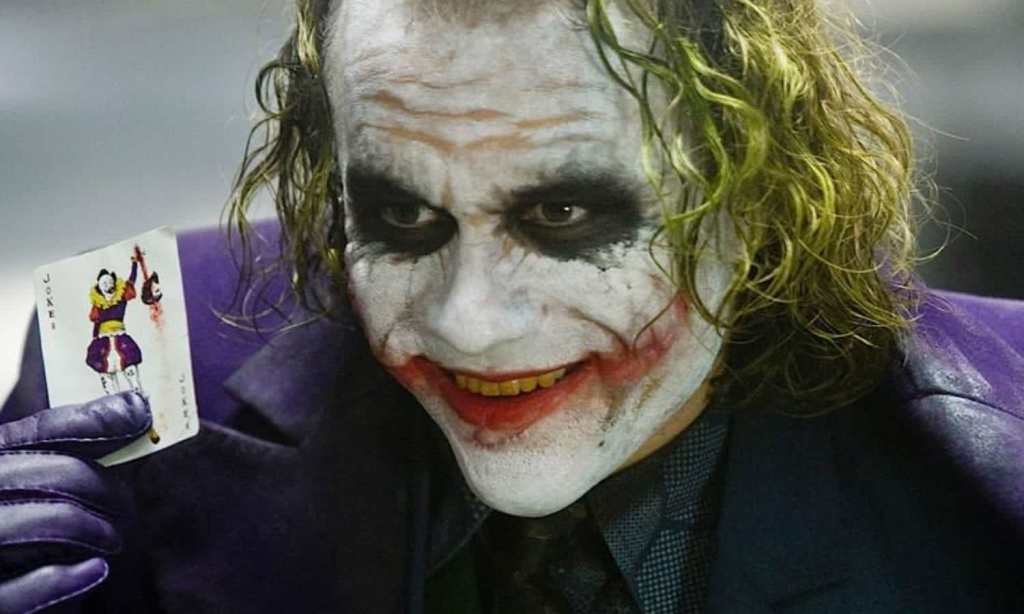Prior to 2005, comic book movies relied on tropes from the outdated source material — corny catchphrases, outlandish plots and crazy characters. It was light-hearted entertainment for kids.
In 2003, Christopher Nolan walked into Warner Brothers Studios, pitching a dark, gritty and grounded remake of the Batman franchise. What followed was The Dark Knight Trilogy — a superhero offering that audiences had never seen before, and in turn, changed the genre forever.
For context, the last DC movie before that was the infamous, Batman & Robin starring George Clooney in a latex Batsuit with nipples. It was universally panned and rightfully so.
Marvel had more success with its Spider-Man franchise, but it also suffered from slapstick moments and a shallow story.
But when it came to Nolan, he had a very different vision that started with a minimalist approach to the narrative.
The director stripped the story back to the man beneath the mask — Bruce Wayne. A lost soul dealing with the trauma of his parents’ murder and the grief, anger and guilt that drove him to dress up as a bat and fight crime.
These very real, very human emotions illustrate Wayne’s vulnerability, humanising Batman and making him more relatable to audiences and it created a far more realistic story than we had ever seen in a comic book movie.
Batman’s response to inner conflict defines him as a vigilante hero. Conversely, his enemies, who face similar hardships respond by wreaking carnage and chaos.
Here lies the trilogies’ overarching theme of moral ambiguity. right and wrong, good vs evil. It addressed issues that we, as human beings face daily, further grounding the franchise in our reality.
Of course, the all-star cast helped support the narrative’s integrity.
Christian Bale, Michael Caine, Liam Neeson, Morgan Freeman, Gary Oldman, Heath Ledger and Marion Cotillard were all critically renowned before stepping into the Dark Knight’s universe, giving the genre more credibility.
But it is also the life drama anchoring the story that is complemented by the trilogies’ visual aesthetic.
Instead of using artificial sets, Nolan filmed in the pulsing streets of New York, Chicago and London. This created a very familiar world that people recognised, allowing audiences to lose themselves in the action.
Every bit the traditionalist, Nolan opted for stunts over CGI wherever he could. The truck flip in The Dark Knight and the plane heist in The Dark Knight Rises are both real with minimal technology, heightening the films’ realism.
The director brought this level of practicality to every single detail — each decision had to be justified. For example, Batman’s suit has ears for audio, Kevlar armour for protection and an electronically charged cape allowing him to glide through the sky.
Nolan brought a certain dignity to comic book movies that were normally reserved for films based on true stories. This bridged the gap between art and blockbuster, so they didn’t have to be exclusive. He successfully legitimised the superhero film and his methods have influenced the genre ever since. The dark aesthetic of the DC universe, the ethical uncertainty in Captain America: Civil War, the internal conflict in Logan, the social themes in Black Panther and the grounded antihero in Joker are only a few of many examples.
His impact even transcends the comic book genre. The Planet of the Apes trilogy, Godzilla and even the Bond franchise rebranded themselves in Nolan’s tone. This strategy is so popular that the word ‘reboot’ has almost become synonymous with dark, gritty realism.
The point I’m trying to make? Christopher Nolan is a genius.
He manipulated time in Memento, fried our brains with Inception and changed superhero movies forever in The Dark Knight Trilogy.
I’m not saying he’s God, I’m just saying nobody’s ever seen Nolan and God in a room together.
Get down to HOYTS Cinemas to marvel at Nolan’s cultural reset during their Dark Knight movie marathon starting Saturday, August 8.







